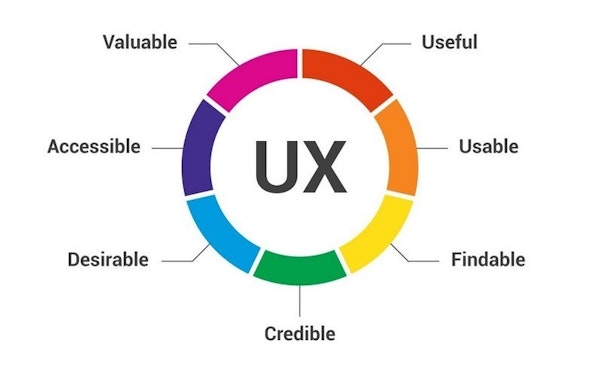What makes the product more Usable?
The user-Centred design seeks to support how target users work rather than forcing users to change what they do to use something, therefore paying attention to the whole User Experience cycle of user ownership of a product.
We want to emphasize on following basic principles:
1) Early focus on users and their tasks
Direct collaboration between users and the design team takes place through the development lifecycle.
2) Evaluation and Measurement of Product Usage
Through the development and testing of the prototypes early in the design process with actual users, emphasis is placed on behaviour measurements.
3) Interactive Design and Testing
Iterative design allows for the full overhaul and rethinking of a design through early testing of conceptual models and design ideas.
Proper iterative design allows one to "shape the product" through a process of design, test, redesign, and retest activities.
Description of Organizations that practice User-Centred Design (UCD):
User-Centred Design demands rethinking the way most companies do business.
Attributes to consider:
1) Phases that include user input
During each phase, user feedback is received before moving forward.
(usability testing is one of them). Within the testing phase, there will be various usability engineering activities.
2) A multidisciplinary Team Approach
Design can no longer be the province of one person or speciality. There are too many factors to consider when designing very complex products for less technical end users. UCD requires various knowledge, skills and information about the intended user and usage.
3) A "Learn as you go" perspective
UCD is an evolutionary process where the final product is shared over time. The attitude that the ideal design is acquired through trial and error, discovery and refinement are adapted by the designers.
Assumptions about how to proceed to remain assumptions until the design is evaluated by the end-user. Only the performance and preferences of the end-user are the final arbiters of design decisions.
4) Defined Usability Goals and Objectives
Beginning with a high level of foals and moving to specific objectives helps with a structured and systematic process. Without these, you cannot achieve a goal/usability or otherwise.
Even the term Usability must be defined by your organization. A definition of what makes a product usable may include:
- Usefulness
- Efficiency
- Effectiveness
- Satisfaction
5) Concerned, Open-minded Management
Ordinarily, how much ease of use is a veritable corporate concern is how much an organization's administration is focused on following its lifecycle and giving its rules teeth by considering the planning group responsible.
The executives comprehend that there are financial blessings to ease of use and part of the general enterprise to be won.
References:
pulled from UX-FIRST
The handbook of Usability Testing
References:
pulled from UX-FIRST
The handbook of Usability Testing

